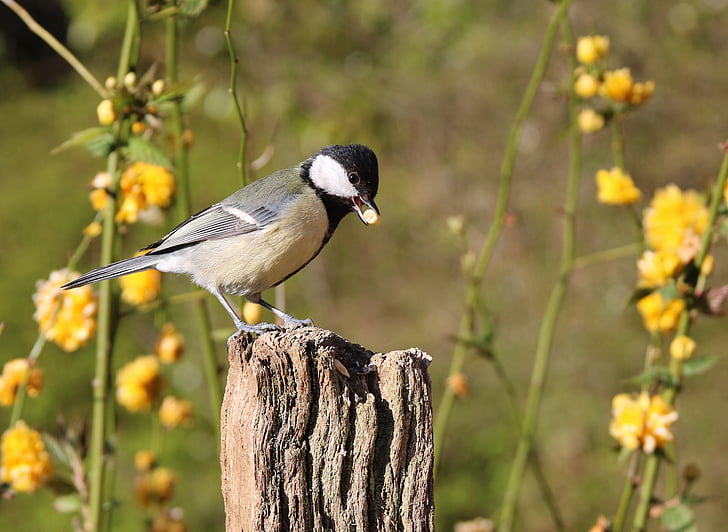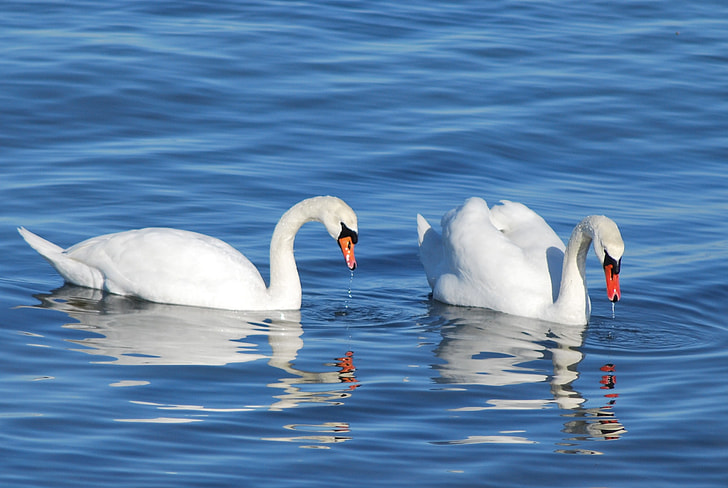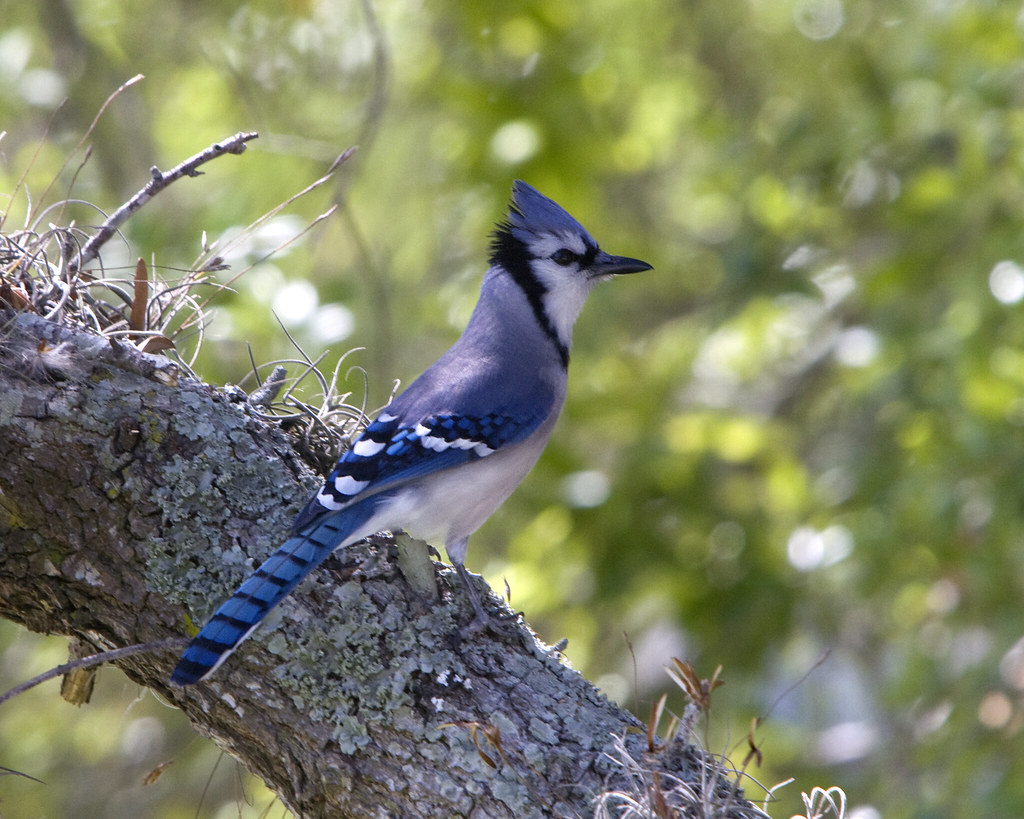Birds, with their diverse species and captivating behaviors, have long been a source of fascination for humans. One intriguing aspect of avian life is their life expectancy. From the majestic albatross that soars over the open ocean to the tiny hummingbird flitting among flowers, each species has its own unique lifespan. In this article, we explore the factors that influence bird life expectancy and highlight some remarkable examples of avian longevity.
Factors Affecting Bird Life Expectancy:
- Species Variability:
Birds belong to a wide range of species, each with its own distinct lifespan. Smaller birds, such as sparrows and robins, generally have shorter life spans compared to larger species like eagles and vultures. The specific environmental adaptations and reproductive strategies of each species play a significant role in determining their life expectancy.

- Diet and Nutrition:
The availability and quality of food sources impact the health and longevity of birds. A well-balanced diet provides essential nutrients that contribute to overall fitness and resilience to diseases. For example, birds of prey that consume a diet rich in proteins and fats tend to have longer life spans compared to those with less diverse diets. - Environmental Conditions:
The habitat in which a bird resides greatly influences its life expectancy. Birds living in urban environments may face challenges such as pollution, collisions with buildings, and scarcity of suitable nesting sites. In contrast, birds in undisturbed natural habitats may experience fewer human-induced stressors, contributing to a potentially longer life. - Predation and Threats:
The presence of predators and other threats significantly impacts bird life expectancy. Birds that are higher up in the food chain may face fewer natural predators, increasing their chances of reaching a ripe old age. Conversely, ground-dwelling birds or those with a higher vulnerability to predators may have shorter life spans.
Remarkable Examples of Avian Longevity:
- Albatross:
The wandering albatross holds the record for one of the longest-lived birds. These magnificent seabirds can live up to 60 years or more. Their ability to cover vast distances over the open ocean and their low reproductive rates contribute to their remarkable lifespan. - Parrots:
Some species of parrots, such as the macaw, are known for their long life expectancy in captivity. With proper care and attention to their specific dietary and social needs, parrots can live for several decades. Some individuals have been reported to live well into their 70s.

- Swans:
Swans are often associated with grace and longevity. While the exact lifespan varies between species, some swans, like the mute swan, can live up to 20 years or more. Their elegant presence on lakes and ponds is a testament to their resilience. - Nightingales:
Known for their enchanting songs that fill the night air, nightingales are among the songbirds with a surprising lifespan. These small birds, famous for their melodious tunes, can live up to 6-10 years. Their vocal prowess and ability to adapt to various habitats contribute to their relatively extended life expectancy.

- Blue Jays:
Blue Jays, with their striking blue plumage and raucous calls, are not only a common sight in North America but also boast a noteworthy lifespan. In the wild, these intelligent birds can live up to 7 years, showcasing resilience in diverse environments ranging from forests to urban landscapes. - Canaries:
Canaries, often recognized for their vibrant plumage and melodious tunes, are charming songbirds that have become popular companions in households worldwide. Known for their distinctive calls and joyful singing, the Canaries are more than just colorful pets—they are prized for their musical talents. In captivity, Canaries can thrive and live up to 7-10 years, and with proper care, some individuals have been known to reach even greater ages. These small birds are native to the Canary Islands, Azores, and Madeira, and their natural habitat is diverse, ranging from forests to scrublands. - Thrushes:
Thrushes, a diverse family of songbirds, includes species like the American Robin and the European Song Thrush. These birds are known for their clear, melodic songs. Depending on the species, thrushes can live anywhere from 3 to 13 years. Their ability to adapt to a variety of habitats, from woodlands to gardens, contributes to their diverse range and potential longevity. - Wrens:
Wrens, with their energetic and cheerful songs, are another group of songbirds that add melody to our natural surroundings. These small, often inconspicuous birds can live up to 5-10 years. Their adaptability to nesting in diverse locations, from shrubs to tree hollows, showcases their resourcefulness in the quest for a longer life.
In the symphony of the avian world, songbirds play a special role with their enchanting melodies. From the haunting tunes of nightingales to the lively calls of blue jays, these birds not only contribute to the soundtrack of nature but also demonstrate a range of lifespans influenced by factors like habitat, diet, and adaptation. As we continue to appreciate the rich tapestry of bird life, it’s evident that each species, whether a soaring albatross or a chirping canary, brings its own unique notes to the grand composition of the avian world.
Conclusion:
Birds, with their incredible diversity, exhibit a wide range of life expectancies influenced by various factors. Understanding the dynamics that contribute to bird longevity not only deepens our appreciation for these feathered creatures but also underscores the importance of conservation efforts to protect their habitats and ensure their well-being. As we continue to explore and learn more about avian biology, we uncover the secrets behind the varying lifespans of our avian companions in the skies.
